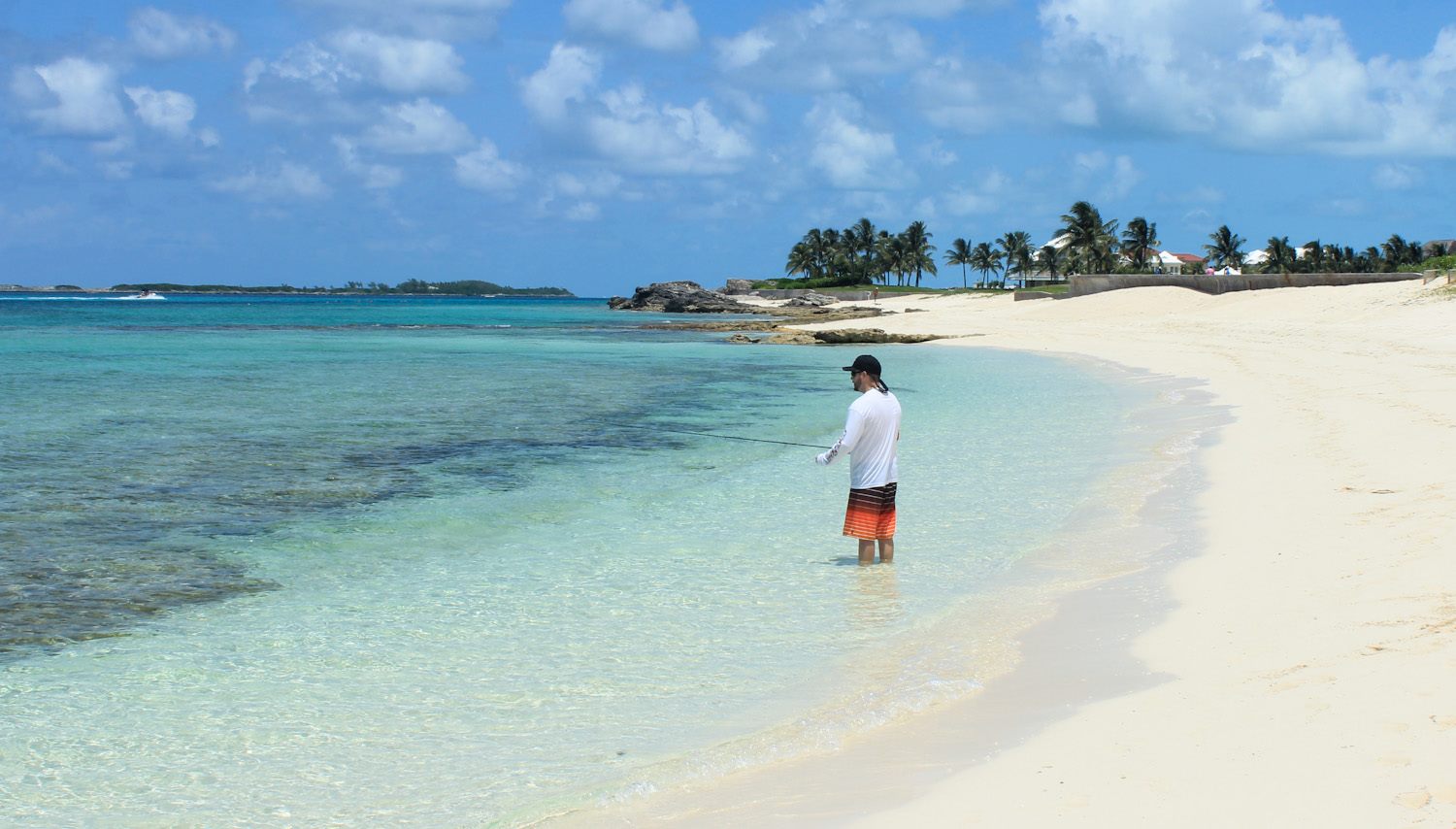Standup paddleboard fishing, or SUP as it is popularly called, is gaining strong momentum. Market experts view this emerging trend as capable of giving kayak fishing a run for its money. Anglers are getting increasingly interested as it is easy to learn, and anglers who've newly joined the scene can comfortably master it. Sales of Paddleboards that are designed exclusively for fishing have increased over the past few years. These paddleboards come equipped with fishing rod holders, front and rear bungees, and provisions for attaching other necessary fishing equipment such as bait trays, fish finders, and more.

Anglers who sincerely indulge in paddleboard fishing see this as something more than a fishing exercise. They see paddleboard fishing as a full-body workout that helps to improve the balance of the body. It also provides relief from stress. Stand up paddleboards can be used in almost all fishing locations, including oceans, rivers, and lakes. We would discuss the merits of paddleboard fishing more in the next segment. At the same time, we would like to shed light on possible drawbacks that these fishing paddleboards may have.
Benefits of Paddleboard Fishing
Anglers can reach much closer to the fish, easily spooked by movements in the water or boats approaching. Snook, redfish and Seatrout show this finicky tendency.
With the paddleboard's sleek structure, anglers can reach narrow and shallow water areas conveniently. It can enter many such places that can not be accessed via a larger boat. Standup paddleboards can easily pass through areas under low bridges or in the back of shallow creeks. The significant advantage of accessing these areas stems from the fact that these places mostly remain unexplored. Therefore, the chances of locating quality fish are much higher in these prized bodies of water.
Paddleboards are far easier to load and launch. It comes ready with provisions meant to attach fishing gear with ease. Since they are lightweight and sleek in design, one can launch them quickly and efficiently. It's also easier to park and unload once you are done fishing for the day. Paddleboards save a lot of time for anglers who do not have a full day for fishing. Anglers can take a couple of hours off from their busy schedule and hit the water for some fun and sun.
In the case of large boats, it takes half of the working day to just load and launch and then another half-day to unload and park the boat. Paddleboards are far easier to clean up and load. No fuel necessary.

One of the most significant benefits of using a paddleboard for fishing is that it does not require a ramp to park and launch. One can keep them conveniently near the intended fishing spot and launch them much faster when ready to explore the new fishing territory.
The inflatable standup paddleboards are more comfortable to carry. They can be packed and stored in the back of a car. One can also transport them in their RVs, on larger boats, and even on an airplane. The ISUPs is compact and small in their deflated conditions. You can even conveniently carry it if you have a large backpack.
Paddleboard fishing is the best option available for fishing while traveling. Inflatable SUPs do not require any extra carry on fees during air travel.
Inflatable paddleboards also provide soft surfaces for new anglers. While learning to fish on a paddleboard, there are high chances that the first-timers will fall. Paddleboards made of fiberglass may lead to people getting hurt. But the alternative ISUPs provide a softer surface for people to fall and not feel the impact as much as they would otherwise have. Therefore, using paddleboards, even children can go fishing and feel safe.
SUPs, especially the inflatable ones, provide unmatchable stability. One can easily lean on such paddleboards and enjoy a more stable ride. Confidence is essential when on the water.
Large boats, kayaks, and even fiberglass paddleboards are not useful when paddling on rocky shores. The inflatable paddleboards provide a much more convenient solution for river paddling and floating on rocky shores.
When seen from the perspective of fitness, paddleboards are far ahead than kayaks or any other larger machine-driven boat. Paddleboarding serves as a full-body workout that helps to tone and strengthen the muscles by burning calories. A SUP engages all parts of one's body, including the legs and glutes, the arms, chest, and back. In terms of providing fitness opportunities, kayaking is the closest to paddleboarding. Even kayaks can not go beyond strengthening shoulders, back arms, chest, and abdominals.
Fishing expeditions often suffer from boats capsizing. In the case of a capsized Kayak, it isn't easy to flip the kayak back to its earlier position. And, unless the capsized kayak is right side up, there is no way of getting back into it. Flipping over a capsized kayak requires expertise and experience, whereas paddleboards are far easier to pull oneself back onto the board. Enhanced stability features make paddleboard fishing a far less accident-prone option.
Paddleboard fishing is an excellent option for sightseeing as well. While in large boats, one can not be too close to the water. Neither a motor-driven boat rider can enjoy the sights and sounds of the surrounding nature fully. In paddleboard fishing, one remains near to water and can enjoy the surroundings to their fullest potential. Even in Kayaks, the anglers remain closer to the water. The problem with a Kayak is that one needs to stay seated while some do not allow for standing.
SUPs are comfortable as warm weather fishing options. Frequent splashes of water touching the feet of the paddler make the expedition comfortable. When it becomes too hot to bear, one can quickly jump off into the water for a quick dip. The rest of the time, paddling from a standing position makes the entire exercise much more comfortable by letting one experience cool ocean breezes.
Drawbacks of Paddleboard Fishing
Paddleboard fishing is not a suitable option to travel far to fish. Using a boat, one can travel as far as one wants to without getting tired. But paddling requires a lot of energy. Avid anglers usually paddle a couple of miles from the shore to reach their spot and start fishing.
One of the more profound issues with paddleboard fishing is that they tremble in high wind. It is difficult for a paddler to keep his/her boat steady and keep on paddling without losing direction. It even becomes difficult to stay put at one location on a paddleboard facing high winds. Experienced anglers often tie their paddleboards with nearby posts or piling to keep themselves set on a particular area. Another great option for anchoring your board is a Wang stick or something similar; shove the pole anchor into the seafloor and tie it off with a rope.
Paddleboards are not the number one preferred option when it comes to standup vessels. Compared to paddleboards, Kayaks provide much greater speed. Kayaks have a low center of gravity, a much narrower profile, and double-bladed paddles. Such a design helps to paddle long distances in a much shorter period.
Another area where paddleboards face a significant issue is exposure to sun rays. Standup paddleboards expose one's entire body to sun rays. Whereas in sit-in Kayaks, almost half of the angler's body remains covered. Sun damage can become a severe deterrent to paddleboards becoming a smart fishing option. However, Quality sun protective clothing is a must, especially down south where the UV rays are most intense. Combine that with a good sunblock, and you should be good to go.
One problem with paddleboards that first-time anglers frequently face is keeping the board steady while hooked to a large fish. It requires a lot of practice and experience to develop the kind of balance that one needs to stand firm on the board when you are battling it out with a large snook, redfish, or grouper, for that matter. I wouldn't let that detour you from purchasing one; like with all things, it takes practice and can be a unique but fun experience.
Which Paddleboard Should I Purchase?
I am not personally brand loyal to any particular paddleboard company. However, there are some outstanding ones that I can recommend.
1. Sea Eagle 12' 6" Fish Inflatable SUP

The Sea Eagle looks like it's something straight out of a MacGyver episode. The raft has been designed to be the ultimate inflatable fishing machine. It is one of the few SUP that allows you to attach a motor right out of the box. Maybe you don't want the exercise but want to get to your fishing hole quickly. The Sea Eagle could be the perfect shallow water solution. The Sea Eagle is 12' 6" long with a beam of 44 inches wide. The raft itself only weighs 45lbs and can hold up to 500lbs in weight.
Pros:
- Weight Capacity up to 500lbs
- Wide beam for stabilization
- Swivel chair for 360 fishing
- 3-year warranty on board
- The ultimate fishing SUP
Cons:
- No accessory rails or Scouty Mounts installed from the factory
- Longer inflation time, it takes approximately 15-20 minutes to air up. A double pump could speed up the process.
BOTE Rackham

The BOTE Rackham board is designed for heavier guys or if you want to accessorize your board generously. The Rackham might be a great option. BOTE has been around since the start of the trendy paddleboard era, and I think it's safe to say they are leading edge in the industry. They make quality SUPs at affordable prices. The board is most definitely a stable one, but you pay in weight, and it can feel cumbersome after hours of paddling. The 12-foot board weighs about 48lbs, while the 14-foot paddleboard weighs 52lbs. It is known that the shorter board is a little easier to maneuver and allows for quicker turns.
If it's a hardboard that your heart desires, this is a great option that I think you will be highly pleased owning.
Pros:
- Many different trendy styles
- Super stable
- Great for an abundance of accessories
- Durable hull built to last
Cons:
- Coming in at $1700 (Expensive)
- One year warranty (We were hoping with the premium price they would have a minimum of a three-year warranty)
- No Scotty mounts or rails
Summary
With all these merits and demerits in place, one must make an informed decision when purchasing a fishing boat. Like every other fishing option, Paddleboard fishing has its pros and cons. What would determine the choice for the angler is what type of fishing experience he/she wants. Paddleboard fishing helps you connect with nature more closely and travel to difficult territories without impacting the water. Knowing this makes paddleboards comfortable and profitable as fishing vessels. One can explore areas where other large boats do not go. Paddleboard fishing also turns fishing into a vigorous but fun physical exercise. People who consider the mind, body, and soul's fishing activity must go fishing on a paddleboard.




